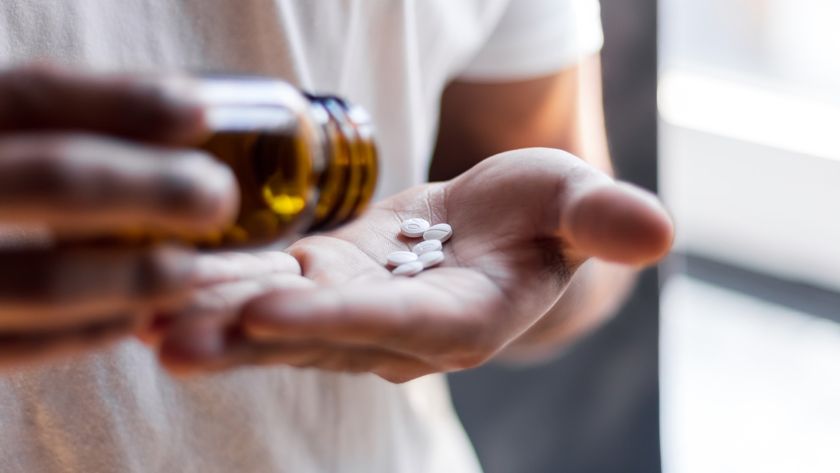Sleepless Flies Shed Light on Human Insomnia
Like humans, flies deprived of sleep one day will try to make up for it by sleeping more the next day, a phenomenon referred to as increased sleep drive or sleep debt. And they're hard to wake up.
So found Paul Shaw and colleagues at Washington University School of Medicine in St. Louis, who say their work will help unravel mysteries of human insomnia.
After generations of selective breeding, the researchers produced a line of flies that naturally slept just an hour a day — less than 10 percent of the 12 hours of sleep normal flies get.
When they were awake, the insomniac flies fell over more often.
"We sent them to experts in neurodegeneration in flies to see if their lack of sleep or the breeding had somehow damaged their brains," Shaw said. "But the experts said there weren't any physical brain abnormalities."
Maybe they were sleepwalking, Shaw thought. But no.
His lab previously isolated a biomarker for sleepiness that is present in flies and human saliva, and the insomniac flies had high levels of it. The flies also were slower learners and gained more fat, two indicators for fly sleep deprivation that Shaw identified earlier. Similar symptoms also occur in sleep-deprived humans.
Sign up for the Live Science daily newsletter now
Get the world’s most fascinating discoveries delivered straight to your inbox.
Lead author Laurent Seugnet says that while the insomniac flies "clearly suffer consequences" from their lack of sleep, they also show some resistance to the adverse effects of sleep deprivation. For example, while 70 hours of sleep deprivation will kill a normal fly, the insomniac flies can spontaneously go up to 240 hours without sleep and still survive.
"Overall, the flies are able to perform better than they should, given how much sleep they miss," Seugnet said. "That makes it tempting to speculate that insomnia is like drug addiction. As it increases the body's overall vulnerability and risk of collapse, it also seems to boost certain factors that help resist collapse."
The findings are published June 3 in the Journal of Neuroscience.












